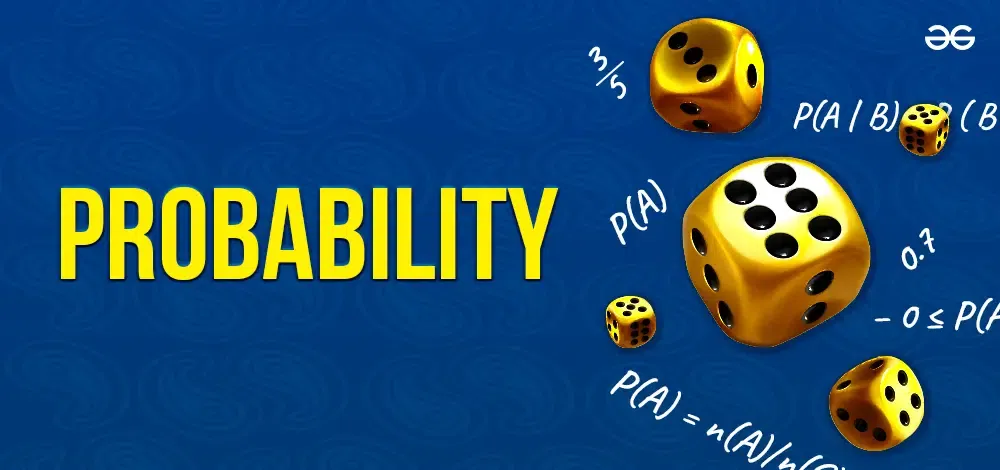CSSC EXAMS
Access all your important documents in one place. Click on any link below to view or download files.
BASIC MATH WITH MS
PDF Document • 4.2 MB
With step by Step Solutions.
VIEW ON GOOGLE DRIVEBIOLOGY WITH MS
Word Document • 2.8 MB
Detailed Solutions on every questions well lebbled diagrams.
VIEW ON GOOGLE DRIVECHEMISRTY WITH MS
Spreadsheet • 1.5 MB
Marking scheme is merged with the question paper.
VIEW ON GOOGLE DRIVECIVICS WITH MS
PDF Document • 3.7 MB
Marking scheme is merged with the question paper.
VIEW ON GOOGLE DRIVEENGLISH LANGUAGE WITH MS
Word Document • 0.8 MB
Notes from the last executive examinations with action items and decisions.
VIEW ON GOOGLE DRIVEHISTORY WITH MS
Spreadsheet • 5.3 MB
Detailed analysis of answers explainging the event and additional notes of the specifics topic.
VIEW ON GOOGLE DRIVEKISWAHILI NA MWONGOZO WA USAHIHISHAJI
PDF Document • 6.1 MB
Marketing brochure for our new product line with specifications and features. Includes high-quality images and technical details.
VIEW ON GOOGLE DRIVEPHYSICS WITH MS
Image Gallery • 8.5 MB
Photos from the recent team building event at Lakeview Resort. Includes group photos, activities, and award ceremony pictures.
VIEW ON GOOGLE DRIVEGEOGRAPHY WITH MS
Presentation • 3.2 MB
Everythin in place for success.
VIEW ON GOOGLE DRIVEForm Four National Examinations Summary
Comprehensive overview of Form Four Pre-National Examinations for 2025 conducted by Christian Social Services Commission (CSSC)
Civics Examination
Code: 011 | Date: Wednesday, 13th August 2025 (a.m.) | Duration: 3 Hours
Exam Structure
Sections: A, B, C
Total Questions: 11
Marks Distribution: Section A (16), Section B (54), Section C (30)
Key Topics
Democracy, Governance, Social Problems, Economic Development, Career Development, Culture, Courtship, Globalization, Constitution, Financial Institutions
Question Formats
Multiple Choice, Matching Items, Structured Questions, Essay Questions
Sample Questions
- Describe six voting procedures for general elections
- Explain techniques for solving social problems like crime and poverty
- Analyze the importance of invisible sectors in economic development
- Discuss challenges faced during courtship
Key Answers
Biology Examination
Code: Biology 1 | Date: Wednesday, 13th August 2025 (p.m.) | Duration: 3 Hours
Exam Structure
Sections: A, B, C
Total Questions: 11
Marks Distribution: Section A (16), Section B (54), Section C (30)
Key Topics
Human Anatomy, Hormones, Genetics, Reproduction, Cell Biology, Evolution, Defense Mechanisms, Excretion, Coordination
Question Formats
Multiple Choice, Matching Items, Structured Questions, Diagram Drawing, Essay Questions
Sample Questions
- Explain how human body provides natural defense against pathogens
- Differentiate between nervous and hormonal coordination
- Describe problems after pancreas removal
- Discuss evidence of organic evolution
Key Answers
Chemistry Examination
Code: 032/1 | Date: Tuesday, 19th August 2025 (a.m.) | Duration: 3 Hours
Exam Structure
Sections: A, B, C
Total Questions: 11
Marks Distribution: Section A (16), Section B (54), Section C (30)
Key Topics
Chemical Reactions, Atomic Structure, Stoichiometry, Electrochemistry, Acids and Bases, Organic Chemistry, Environmental Chemistry
Question Formats
Multiple Choice, Chemical Equations, Calculations, Structured Questions, Essay Questions
Sample Questions
- Balance chemical equations and identify reaction types
- Perform mole calculations and stoichiometry problems
- Explain industrial processes like Haber and Contact processes
- Discuss environmental impacts of chemical processes
Physics Examination
Code: 031 | Date: Monday, 25th August 2025 (a.m.) | Duration: 2.5 Hours
Exam Structure
Sections: A, B, C
Total Questions: 10
Marks Distribution: Section A (15), Section B (70), Section C (30)
Key Topics
Mechanics, Electricity, Magnetism, Light, Waves, Energy, Thermodynamics
Question Formats
Multiple Choice, Calculations, Diagram Drawing, Structured Questions, Essay Questions
Sample Questions
- Solve problems on motion and forces
- Apply Ohm's law in electrical circuits
- Explain magnetic fields and electromagnetic induction
- Analyze optical systems and wave phenomena
Mathematics Examination
Code: 041 | Date: Wednesday, 20th August 2025 (a.m.) | Duration: 2.5 Hours
Exam Structure
Sections: A, B
Total Questions: 10
Marks Distribution: All questions carry 10 marks each
Key Topics
Algebra, Geometry, Trigonometry, Statistics, Calculus, Coordinate Geometry, Sets, Matrices
Question Formats
Calculations, Proofs, Problem Solving, Graphical Representations
Sample Questions
- Solve simultaneous equations
- Calculate areas and volumes of geometric shapes
- Apply trigonometric functions to solve problems
- Analyze statistical data and probability




